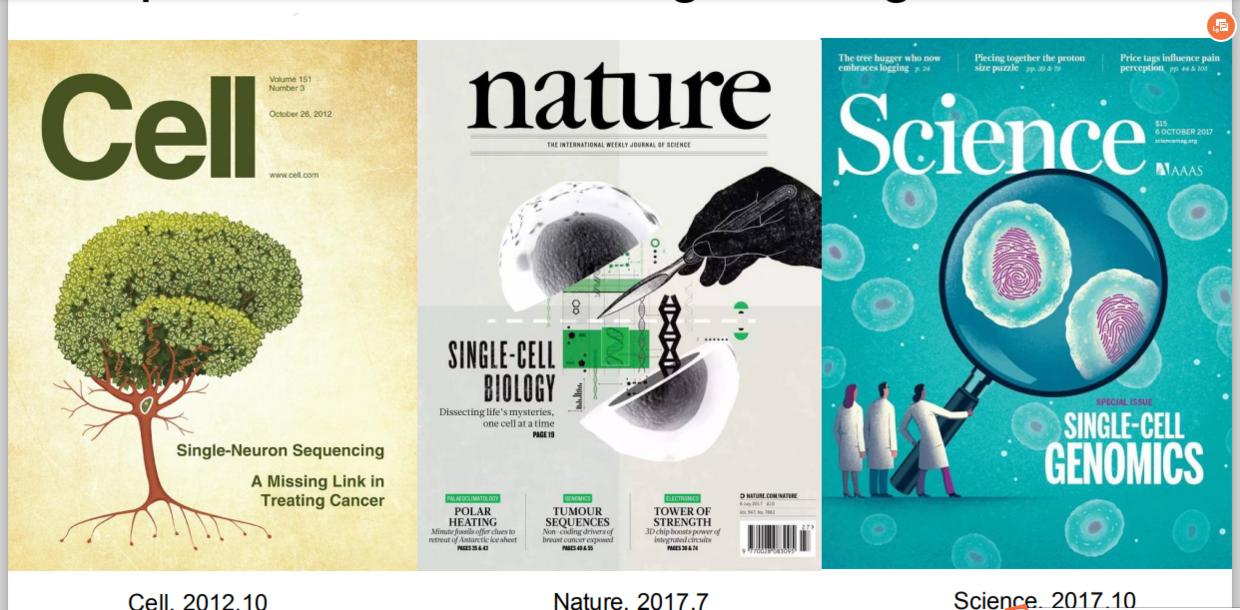Understanding the Differences: PET Scan vs CAT Scan - Which Imaging Technique is Right for You?
#### PET Scan vs CAT ScanWhen it comes to medical imaging, two of the most commonly used techniques are PET scans and CAT scans. Both of these imaging modal……
#### PET Scan vs CAT Scan
When it comes to medical imaging, two of the most commonly used techniques are PET scans and CAT scans. Both of these imaging modalities play crucial roles in diagnosing and monitoring various medical conditions, but they do so in different ways. This article will delve into the differences between these two techniques, their purposes, advantages, and limitations, helping you make an informed decision about which might be appropriate for your medical needs.
#### What is a PET Scan?
A PET scan (Positron Emission Tomography) is a nuclear medicine imaging technique that provides detailed images of metabolic processes in the body. It involves the injection of a small amount of radioactive material, usually a glucose-based tracer, which emits positrons. As the tracer accumulates in areas of high metabolic activity, such as tumors, the PET scanner detects the emitted radiation and produces images that reveal how tissues and organs are functioning. This makes PET scans particularly useful for cancer diagnosis and monitoring, as well as for evaluating brain disorders and heart conditions.
#### What is a CAT Scan?

On the other hand, a CAT scan (Computed Axial Tomography), also known as a CT scan, uses X-ray technology to create detailed cross-sectional images of the body. During a CAT scan, the patient lies on a table that moves through a large, doughnut-shaped machine. The machine takes multiple X-ray images from different angles, which a computer then processes to create comprehensive images of bones, organs, and tissues. CAT scans are particularly effective for diagnosing injuries, detecting diseases, and guiding treatment plans, especially in trauma cases and emergency medicine.
#### Key Differences Between PET Scans and CAT Scans
One of the primary differences between PET scans and CAT scans lies in their functionality. While PET scans focus on metabolic activity and physiological functions, CAT scans provide detailed anatomical images. This means that PET scans can identify active disease processes, such as cancer, even when structural changes are not yet visible, while CAT scans excel at visualizing structural abnormalities like fractures or tumors.
Another significant difference is the imaging technology used. PET scans rely on radioactive tracers, which means they expose patients to radiation, albeit in low doses. Conversely, CAT scans use X-rays, which also involve radiation exposure. However, the amount of radiation can vary significantly between the two, depending on the specific protocols used and the areas being scanned.
#### Advantages and Limitations

Both imaging techniques have their advantages and limitations. PET scans are invaluable for early cancer detection and for assessing the effectiveness of treatment, but they are less effective for visualizing certain structures in the body. The cost and availability of PET scans can also be a concern, as they are not as widely available as CAT scans.
On the other hand, CAT scans are more widely available and can be performed quickly, making them ideal for emergency situations. They provide excellent detail of the body's anatomy but may not always detect early metabolic changes associated with diseases like cancer. Additionally, repeated exposure to radiation from CAT scans can be a concern, particularly for patients requiring multiple scans over time.
#### Conclusion
In conclusion, understanding the differences between PET scans and CAT scans is essential for patients and healthcare providers alike. Each imaging technique has its unique strengths and weaknesses, and the choice between them often depends on the specific medical condition being investigated. Consulting with your healthcare provider will help determine which imaging modality is best suited for your diagnosis and treatment plan. Remember, both PET and CAT scans are valuable tools in modern medicine, enhancing our ability to diagnose and treat various health conditions effectively.